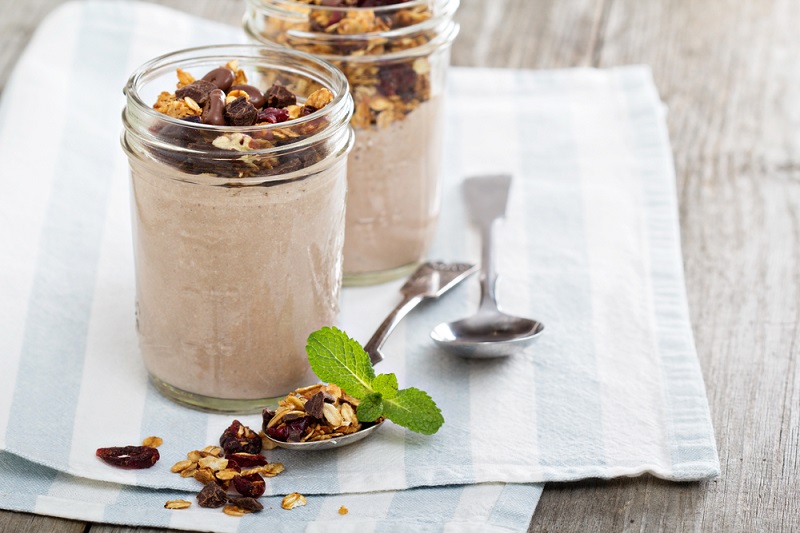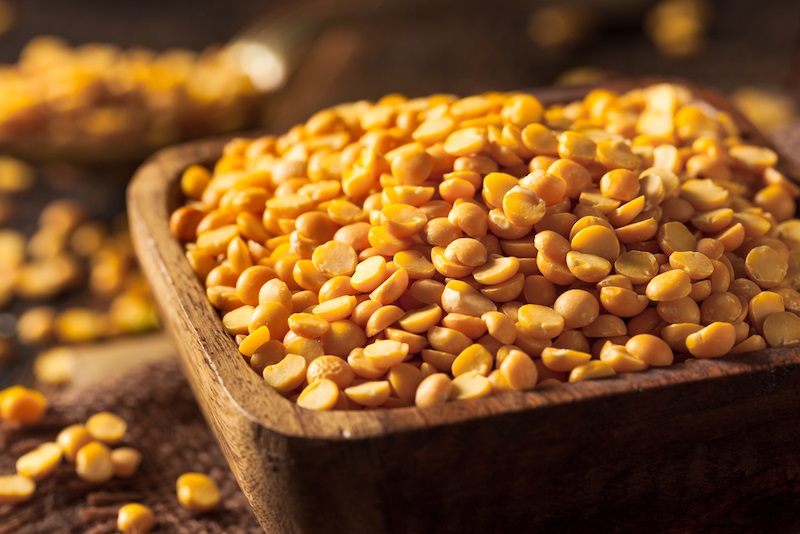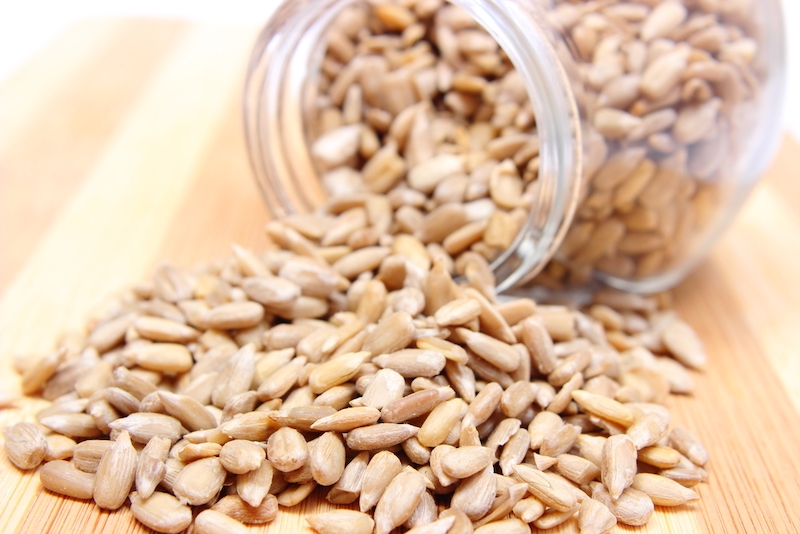Keep Your Workspace Clean With Commercial Cleaning Services
February 21, 2022OneRen brings live shows back after two years of Covid restrictions
February 22, 2022
With the growing popularity of plant-based diets, whey protein powders have been pushed aside for a new protein source, pea protein.
Like the many versions of plant-based milk bombarding grocery store shelves, this trendy protein powder allows consumers to meet their protein needs on a plant-based diet without the use of soy products.
With whey protein being the gold standard for its evidence-backed benefits in muscle growth for those hitting the gym, does pea protein compare? Let’s take a deeper look into pea protein as it compares to whey to determine if it’s worth the hype.
Where Does Pea Protein Come From?

Pea protein comes from split yellow peas. The protein in these peas is isolated and removed so the final product does not contain the carbohydrates or fibers that are in the yellow peas themselves.
This process is typically done using filtration to produce pea protein isolate. This is the most ideal protein if used as an alternative to whey for muscle building [1].
You can also purchase pea protein concentrate, which is like pea protein isolate, but it tends to have a little bit more carbohydrates, fibers, and fats than isolate.
Because of this, pea protein concentrate tends to be better for those looking to supplement their diet to gain weight or fill in nutritional gaps. Pea protein concentrate tends to be less expensive than pea protein isolate [1].
A big benefit of pea protein is that most varieties are free from common allergens, such as soy, lactose, and gluten.
It works well for those on a vegan diet who also need gluten-free considerations. Pea protein tends to be more easily digestible than other protein powders while still containing a good source of iron per serving [1].
Can I Take Pea Protein Instead of Whey?
When it comes to pea protein vs whey, both are great sources of protein.
They’re low in carbs, fat, and sugar, and can be versatile in foods and beverages due to their mild flavor and texture.
Both are similar in calories however, whey protein contains about 5 grams more protein per 1-ounce scoop than pea protein [2, 3].
If you are trying to decide between the two, it will come down to your dietary preferences. Both whey and pea protein are great options that have been shown in research to provide similar benefits in muscle building.
If you have food allergies, intolerances, or prefer a vegan, plant-based diet, then pea protein is likely the best option for you [4, 5].
Whey protein is a complete protein source. This means that it contains all 9 essential amino acids needed to make a protein for our body to use.
Pea protein powder contains all the essential amino acids as well; however, it contains small amounts of the essential amino acid Methionine. Because of this, some pea proteins are not considered complete [5].
How to Complete Pea Protein?

Luckily all it takes is a balanced diet to get the most benefit from your pea protein powder. Recent research has shown that you don’t need to eat a complete protein all in one to get the benefit if you have variety in your diet from other sources throughout the day.
For those on a plant-based diet, this means incorporating foods like beans, legumes, nuts, seeds, and quinoa or other grains [6].
If you are still concerned about getting the most out of your pea protein, consider combining it with another plant-based protein, specifically, one that contains a little bit more methionine, such as seeds, oats, and quinoa. If you are going for a pea protein shake, try adding in plant-based milk, such as oat milk, or pop in a tablespoon of chia seeds.
Summing It Up
Whether you prefer whey protein or you are looking to give pea protein a try, both protein powders are comparable in their nutrition profile and their muscle-building benefits.
Pea protein, made from yellow split peas, can be incredibly versatile and although not always considered a complete protein, it can be easy to complete during your meal or throughout the day by choosing a balanced diet.
If you are looking for a hypoallergenic, plant-based protein option, pea protein is an excellent choice.
How to Include Pea Protein in My Diet

Luckily, pea protein is incredibly versatile. Like whey protein, you can typically find it in protein powders, such as Naked Nutrition’s chocolate vegan protein powder.
You can easily make a delicious shake containing 20 grams of complete, vegan pea protein grown from US and Canadian farms.
Toss 2-scoops of this decadent powder into a shaker bottle with your favorite plant-based milk for easy grab-and-go fuel, toss a scoop in your oatmeal for a burst of flavor, or bake some into your next treat for a hearty dose of protein.
Recipe: Chocolate Oat Breakfast Protein Smoothie
Ingredients:
· ½ frozen banana
· ½ cup old fashioned oats
· 2-scoops Naked Nutrition Chocolate Naked Shake
· 1-cup plant-based milk
· 1-cup ice
Directions:
- Blend all ingredients until smooth and enjoy!
